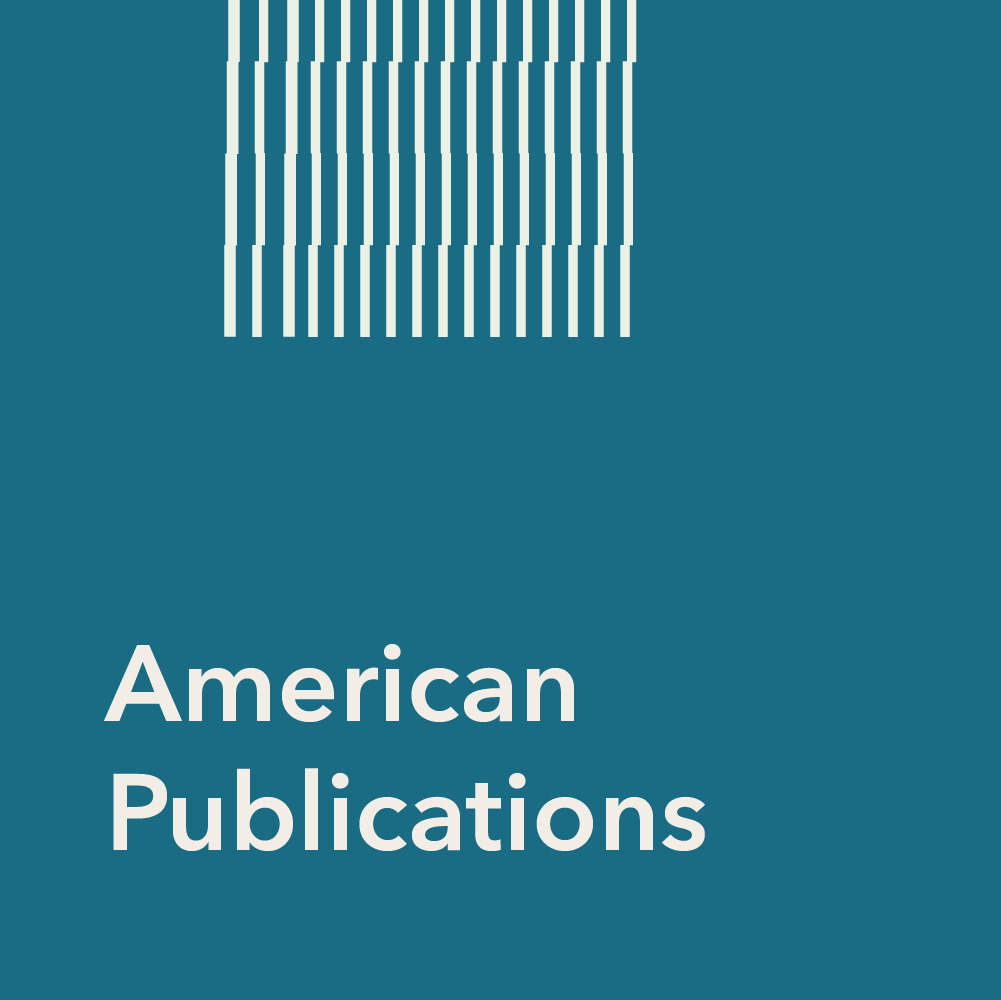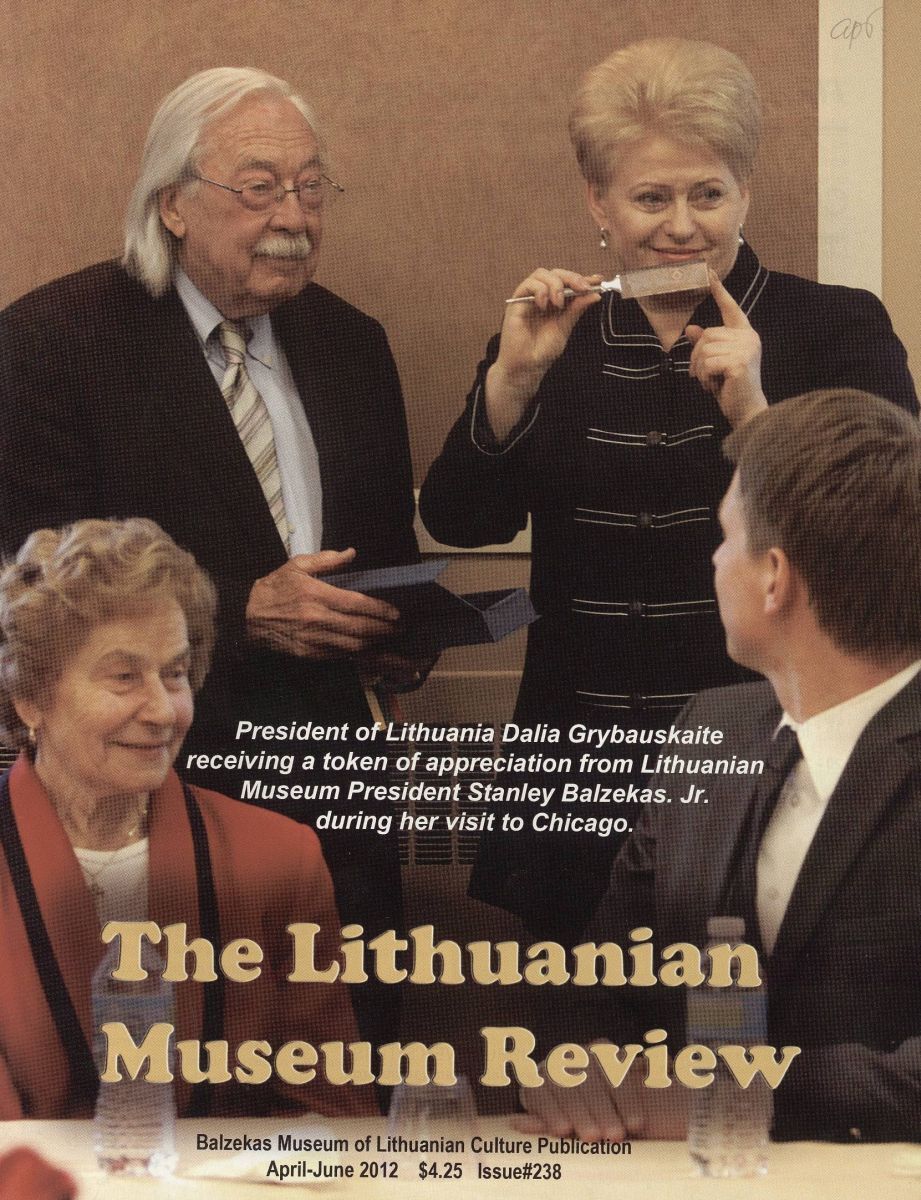-
-
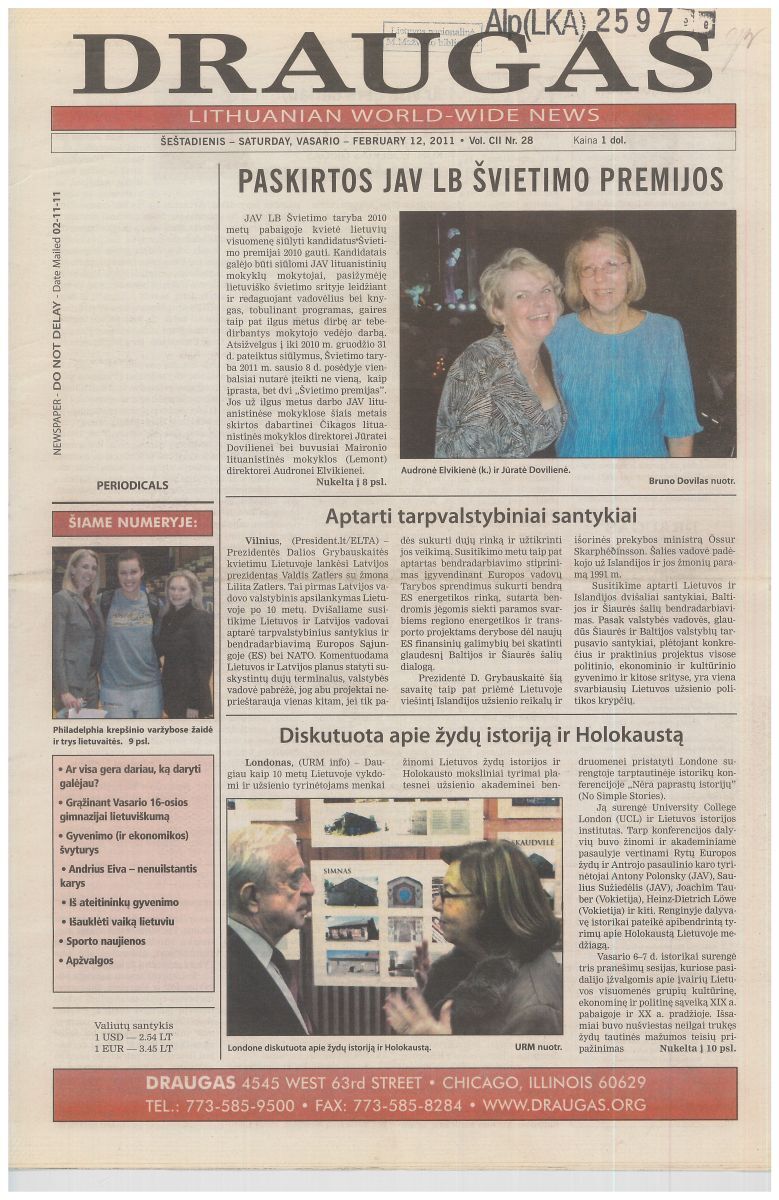
Marking 102 years of publication, Friend was published with a colour front page. On February 12, 2011, a reader wrote “The new Friend – a beggar no more”.
Friend
Draugas
The Lithuanian Catholic newspaper Friend (established on July 12, 1909), the longest-running Lithuanian newspaper in the diaspora, has suffered a number of setbacks. For many happy decades the publication flourished as a newspaper and a central player in the American Lithuanian press. Established by American Lithuanian priests, currently the Marian Fathers, its survival depended mostly on the waves of immigrants coming to the US. In 1989 editor-in-chief Rev. Pranas Garšva, MIC, predicted that the future of Friend was totally dependent on the future of Lithuanians in the diaspora. After 1990, waning readership and increasing reliance on the internet necessitated changes to the daily.
In 1993, a woman was named editor-in-chief for the first time. A few years later, the editorial staff was entirely made up of women (prompting the comment that the male form of the title in Lithuanian “Draugas” should be replaced by the female form: “Draugė”). In newer times and in response readers’ demands, the first Saturday edition of Friend was published in English on July 9, 1996. Although reactions were generally positive, some commented that the principles of its founders had been betrayed. After half a year its publication was terminated. With a view to attracting new immigrants, a supplement began publication on January 7, 2004, called Friendship (Bičiulystė), its editor – Ligija Tautkuvienė. Unfortunately, it disappeared after four years.
Friend changed its format for the first time in 2005. It became smaller, but had twice the number of pages. Shortly thereafter, new computers allowed Friend to finally step into the 20th century, according to editor Danutė Bindokienė. It was published three times a week. The Lithuanian Catholic Press Association called this measure a survival tactic to defend against economic conditions in the US at the time. On January 12, 2011, Friend began publication in colour. Today most of the content focuses on Lithuanian American life and events. A number of articles may be read on the website www.draugas.org, along with archived issues.
For its 100th anniversary, an article by Danguolė Kviklys on the history of Friend was published in the journal Lituanus in English.
Friend issues 1909-2010 are available on the portal epaveldas.lt. -
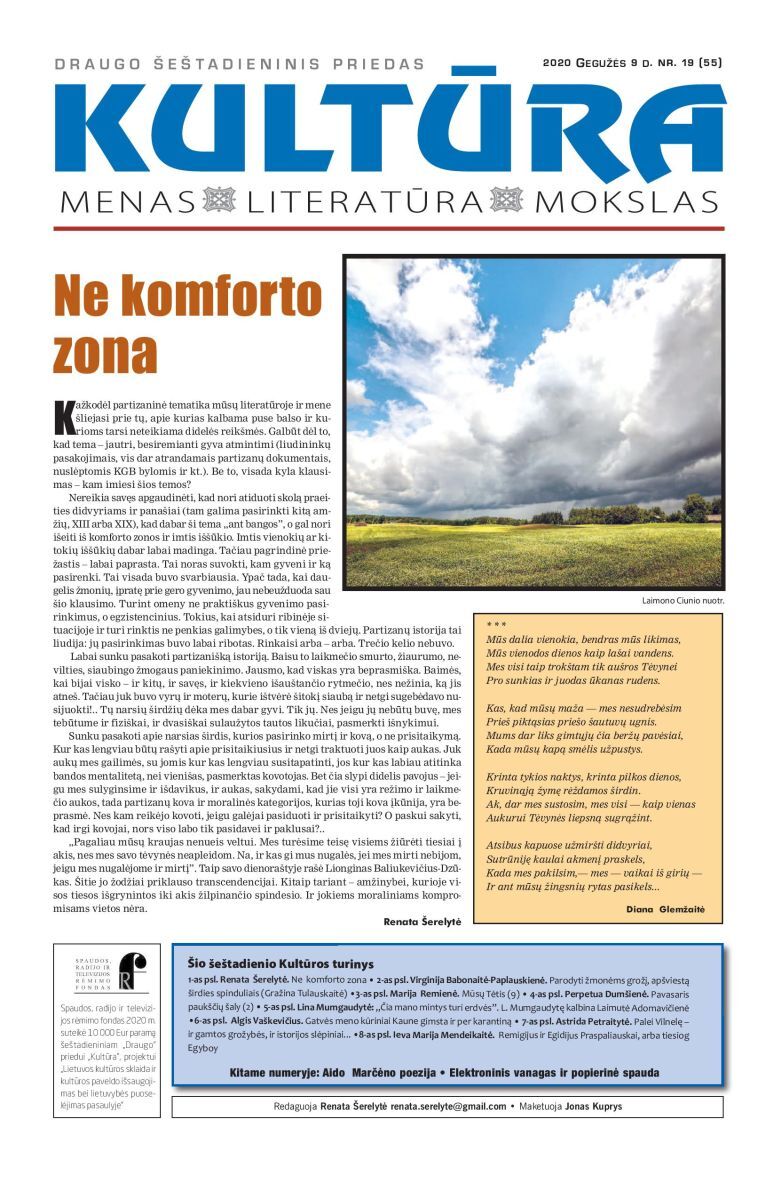
Friend Cultural Supplement: Art, Literature, Science – May 9, 2020
Friend Supplement – Science, Art, Literature
Draugo priedas: Mokslas. Menas. Literatūra
The Friend supplement, called Science, Art and Literature, published beginning in 1949 (today called Culture: Art, Literature, Science) is better-known among its readers as the Saturday, or cultural supplement. According to long-time contributor Stasys Goštautas, the brain-child of Mons. Juozas Prunskis brought Friend to the level of two world renowned newspapers – The New York Times and The Financial Times, which regale their readers with the latest news in arts and literature every weekend. Although a few other Lithuanian newspapers in the US, and Canada’s Lights of Homeland tried to follow suit with their own supplements, for one reason or another their efforts did not succeed.
After Mons. Prunskis, the poet Kazys Bradūnas took over editing the supplement in 1961, and brought it into its golden age. During his time, the supplement included not only prose and poetry, but also articles on Lithuanian language, ethnography, history and various Lithuanian American activities such as exhibitions, shows, poetry readings and other events. Publication of the supplement developed naturally during Prunskis’ and Bradūnas’ time – as Goštautas said: “as many intellectuals strolled through Marquette Park as gathered in Boston or in Washington at the Library of Congress”. It changed after 1981 when Aušrelė Liulevičienė (1981-2000) and editor-in-chief Danutė Bindokienė (2000-2007) took over. Nevertheless even during the late Soviet era the supplement was read throughout the US and in Lithuania. Rev. Kęstutis Trimakas, SJ, was editor of the cultural supplement for a short time, devoting much of the content to religion and psychology. A lack of capable editors and contributors resulted in the publication being moved to Lithuania. In the hands of journalist Aldona Žemaitytė-Petrauskienė, the supplement returned to its former literary glory and even surpassed it, according to Goštautas. Since 2009 its editor is writer Renata Šerelytė, and today the majority of contributors are native Lithuanian writers and journalists. It is still read by Lithuanian Americans and a growing number of readers in Lithuania. The supplement is available in PDF format, as is the newspaper itself.
All issues of the Friend supplement are available on the website.
The Friend supplement is available on the portal epaveldas.lt (all issues up to 2010). -
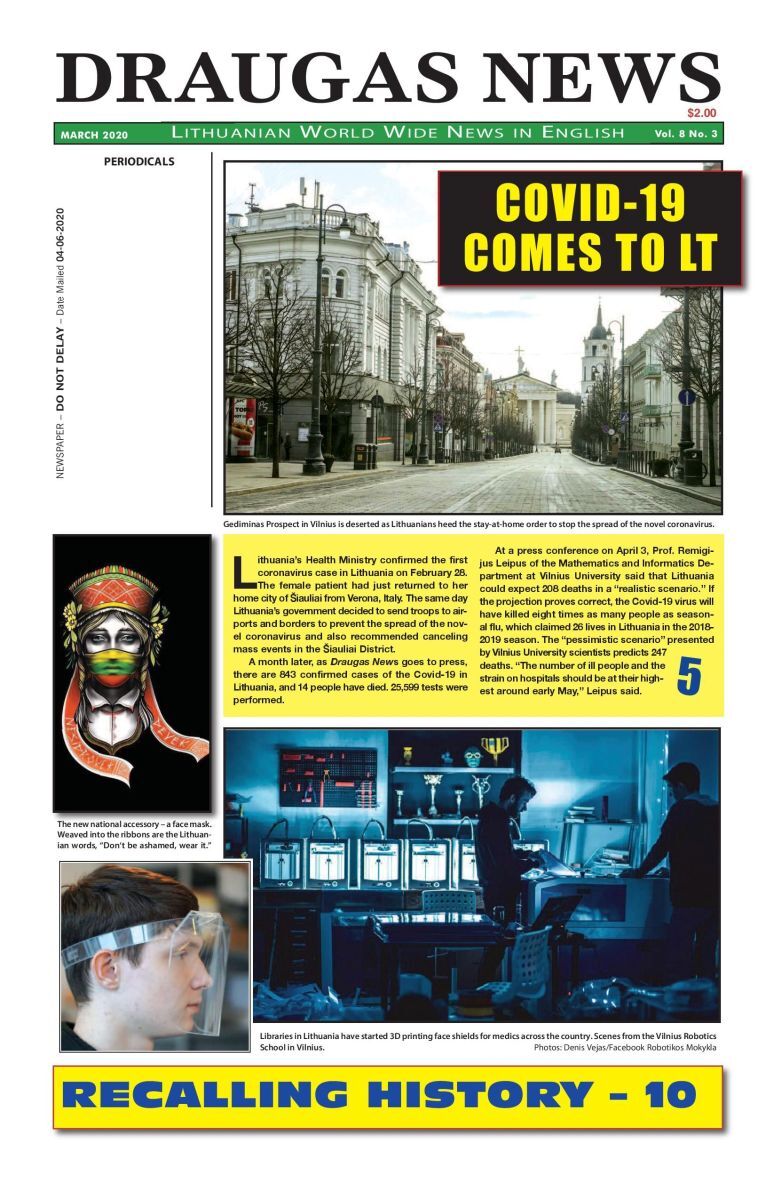
Draugas News front page. March 15, 2020
Draugas (Friend) News
Publication of an English-language section of Friend was attempted in earlier times. The first came after WWII, in 1946. The second was during the period presented in this exhibition, that is, between July 6, 1996 and January 25, 1997. A six-page Saturday supplement came out 12 twelve times. A separate supplement called Draugas News began publication in 2013. The publisher of this monthly and the newspaper itself is the Lithuanian Catholic Press Association in Chicago. Editor Vida Kuprys remembers that various Lithuanian organizations were approached for lists of members, to whom the newspaper was sent as an introductory offer. It did not take long to establish a stable readership. Readers also subscribe it for their children and grandchildren, for whom Lithuanian is no longer their first language. Its wide-ranging content, from politics and cultural events in Lithuania to activities in the diaspora even attracts readers from outside the Lithuanian community, and has a good number of contributors.
Visuals and layout are the responsibility of Jonas Kuprys, distribution is headed by Audrey (Audronė) Kizys, who once worked on the Chicago Archdiocese publication The New World. Draugas News sometimes publishes articles by non-Lithuanian journalists, such as political analyst Paul A. Goble. Draugas News works closely with the Joint Baltic American National Committee, Inc. (JBANC) in Washington, for news about Lithuania and the other Baltic countries. Seven years later, the monthly pays special attention to the needs of various waves of immigrants. Draugas Newsis also available electronically and is being expanded to attract new and younger readers. Editor Vida Kuprys says the online version is actually more attractive than the printed form. She offers no anecdotes about its past. “The supplement is just a youngster”, she said. “Ask me in 50 years…”
Draugas News on the internet. -
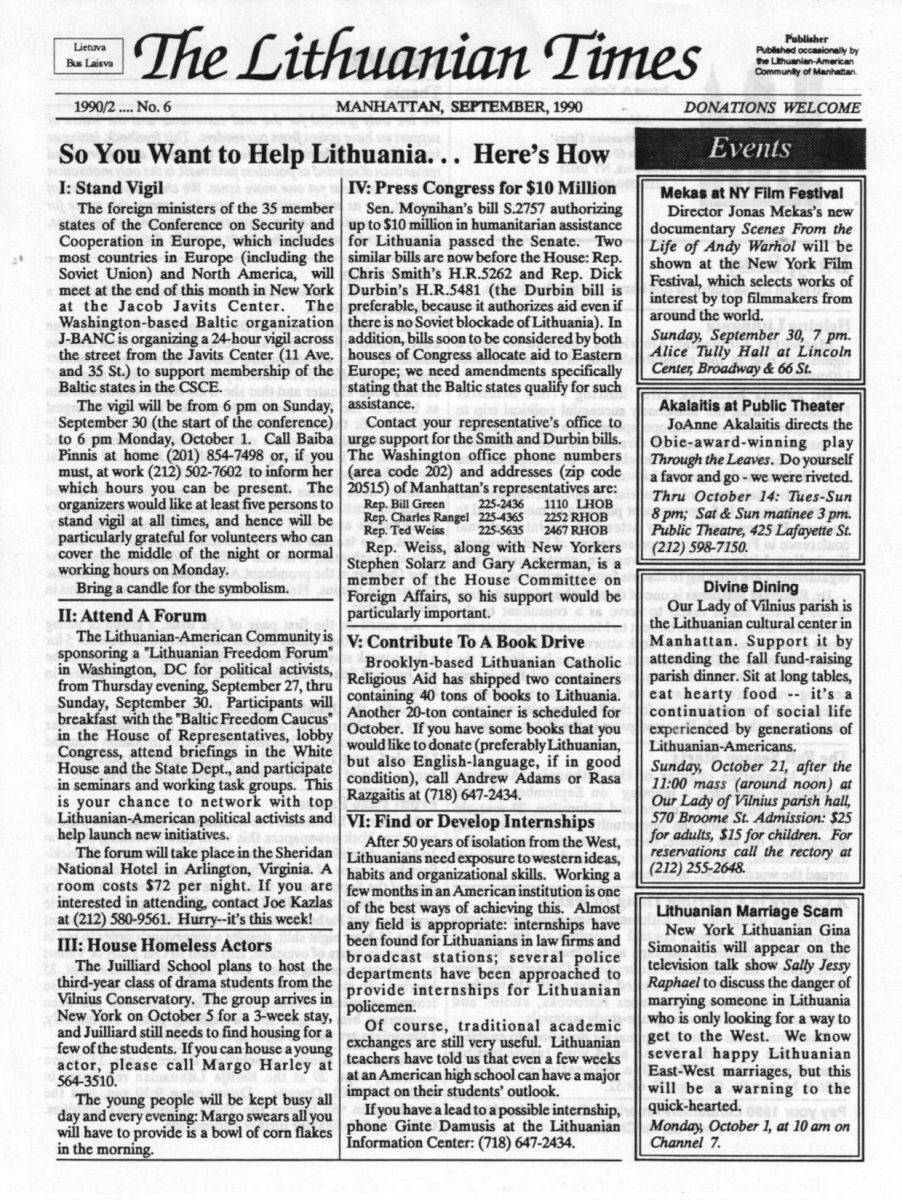
First page of The Lithuanian Times, No. 6, September, 1990
The Lithuanian Times
With winds of change blowing in 1989, the Manhattan branch of the Lithuanian American Community was established, headed by president Dr. Juozas Algimantas Kazlas, a political analyst born in Sweden and raised in the US, educated at Yale University. On his initiative the newsletter The Lithuanian Times began publication in early 1989. In all there were ten issues, and of those, J.A. Kazlas was editor of nine.
The publication targeted Lithuanians in New York and in particular, Manhattan. Many were young or middle-aged professionals, originating from other areas of the US. The name deliberately mimicked The New York Times, and presented succinct information for busy readers in English, with a humourous twist. Each issue was an A4 format sheet, printed on both sides, which was easiest to publish and send by mail. Many times, Kazlas reproduced the newsletter himself, making copies after hours at the financial firm where he worked or at his lawyer friend’s office. With the help of his wife, director Rasa Allan Kazlas, he would prepare several hundred newsletters for mailing. He also designed the logo with the Manhattan skyline and the Gediminas Columns (the iconic Lithuanian symbol), and wrote many of the articles himself, giving credit to his contributors when appropriate. The newsletter was entirely in English, because it was easier to read for many Lithuanians who grew up in the US (and for Kazlas to write, he said, as he had never attended Lithuanian school).
With many new guests from Lithuania arriving in the US during the historic 1989-1991 period, the newsletter was the best way to share information, to organize political and other activities in New York, New Jersey, and Connecticut. Sometimes flyers with information on upcoming political and other events were included with the newsletter, others were sent in separate mailings. In 1992, when the political crisis ended, and those involved with The Lithuanian Times turned to other matters, its publication ended.
In-depth report in English on The Lithuanian Times. -
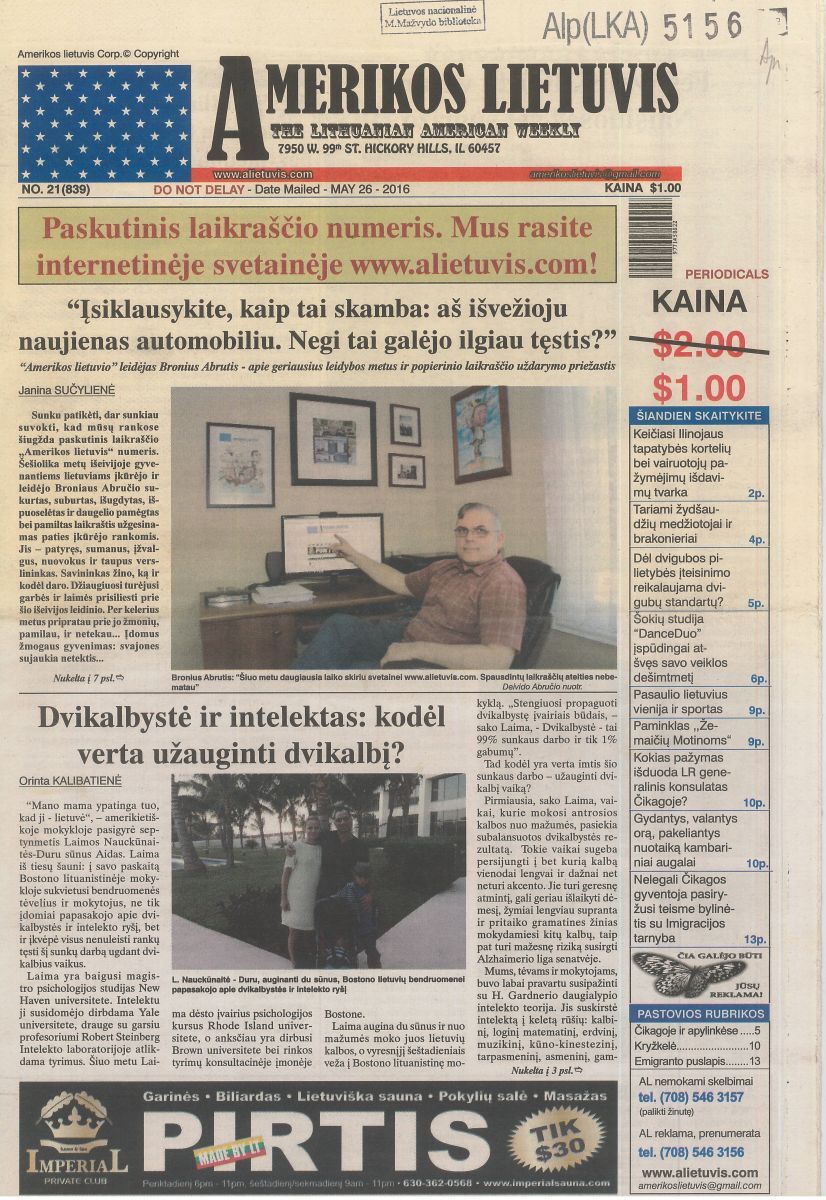
Front page of the last issue of the American Lithuanian, May 26, 2016
The American Lithuanian
Amerikos lietuvis
The weekly American Lithuanian was the first Lithuanian newspaper in the US to be published by a member of the third wave of immigration, and began publication in May, 2000. Its publishers stated that they did not intend to solicit donations or establish foundations to maintain it, and all efforts would focus on producing an interesting newspaper eagerly awaited by its readers. As a result of their hard work and enthusiasm, owner Bronius Abrutis (Amerikos Lietuvis Corp.) and his team managed to attract readers from not only the third wave of immigrants, but post-war émigrés as well. The American Lithuanian appeared just when other Lithuanian publications in the US began closing down, and those that subsisted were in financial straits, with falling readership. In 2003 the Western Express (Vakarų ekspresas) wrote that the American Lithuanian was not merely a so-called third wave publication. At least 40% of its readers were members of the older generation.
On its third birthday, the World Lithuanian magazine (Pasaulio lietuvis) called the newspaper, which had grown from 8 to 24 pages, a brilliant success for the publisher and editor-in-chief. In 2010 it celebrated its 10th anniversary by launching the website www.alietuvis.us, which gave its readers daily news about Chicago and its environs, news from the world, Lithuania and the US as well as articles by various columnists. Separate sections targeted East and West coast Lithuanians. The section called “A Taste of Life” wrote about Lithuanians living in the US and elsewhere. Even before the financial crisis, on May 12, 2016 the American Lithuanian announced that its print edition was suspended and it would exist online only. B. Abrutis admitted that he could not work in the red. He had long known that Lithuanians have no need of a newspaper, “they don’t subscribe to it and don’t buy it”. There were only two options left – to work at a loss or to go online. In his vision, the website www.alietuvis.com would become the chronicle of the diaspora, welcoming everyone who wished to contribute, and share information, news, photos, articles and videos. Unfortunately, reality was different. After more than 16 years, a little-known blog is all that remains of one of the largest Lithuanian weeklies, at one time having a readership of over 4,000. -
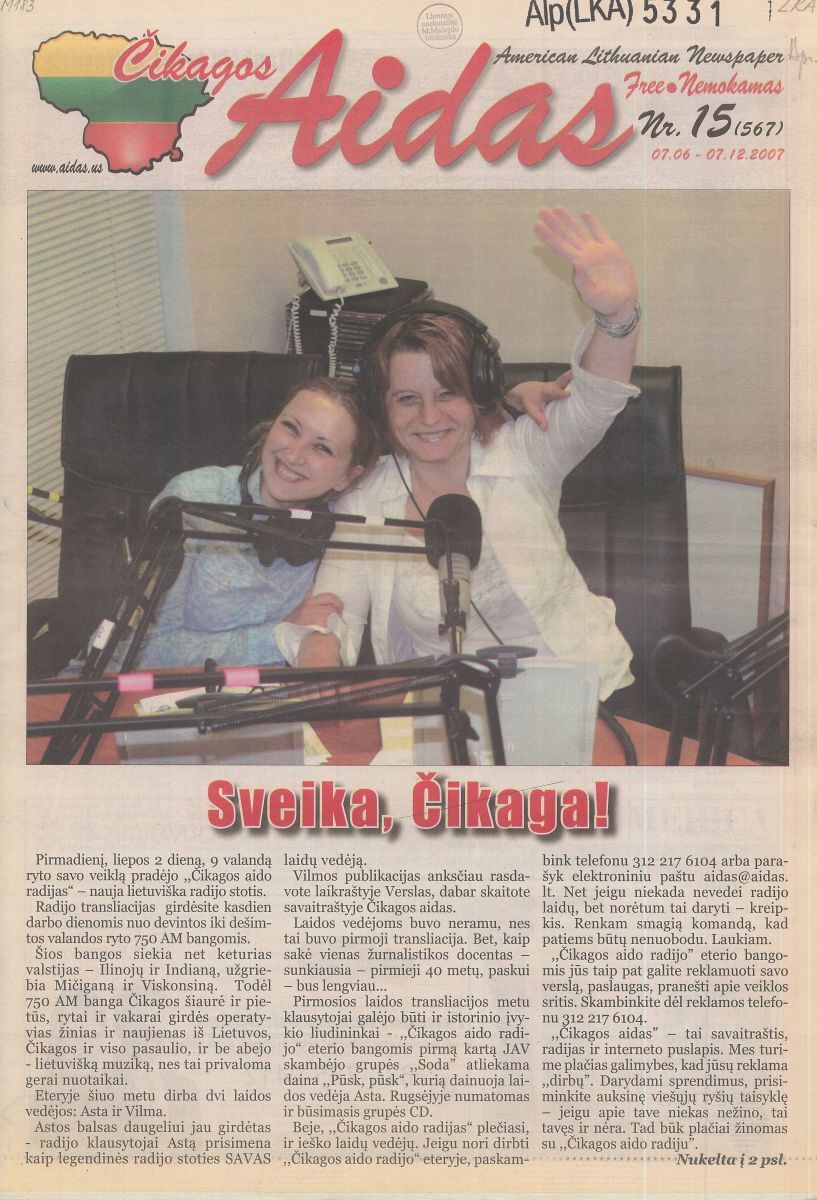
A new Lithuanian radio station “Chicago Echo” began on July 2, 2007. For nearly three years, until 2010, the Chicago Echo was a weekly, a radio program and an internet website.
The Chicago Echo
Čikagos aidas
Established in 2003, the US Lithuanian weekly Chicago Echo focuses on third-wave Lithuanian émigrés, and, specifically, business people arriving in the US after 1990. Unlike other Lithuanian publications in the US, the Chicago Echo is a free business publication financed by advertising and various announcements. It is published by Ethnic Media USA, which also owns the same type of publication in Russian – the weekly 7 Days. The Chicago Echo is distributed in many institutions frequented by Lithuanians: shopping centres, dental offices, medical offices, ethnic restaurants, retail outlets, and others. According to Ethnic Media USA statistics, the two publications have a readership of about 13,000 with distribution in more than 300 locations in Chicago and its suburbs. The website is visited by 250,000 readers per month.
The Chicago Echo provides information about Lithuanians and Lithuanian organizations in the US, news about Lithuania, the world and relevant articles on social, cultural, economic, political issues, education, leisure and health. A large number of articles are not original, but are translated from the English-language press or reprinted from sources in Lithuania. From 2007 to 2010, the Chicago Echo presented itself as a newspaper, a radio broadcast (daily from Monday to Thursday at 1330 AM and evenings on the internet) and a website. The full-colour 40-page newspaper, published on Fridays with a circulation of 6,000, advertised itself as the biggest Lithuanian weekly in the US. Today it is also available on the internet at www.aidas.us. Its archive (from 2013) is also available online. Twenty years after the appearance of the first third-wave publications in the US, only the Chicago Echo is still published today.
Read an interview with former editor-in-chief of the Chicago Echo, Vilma Kava. -
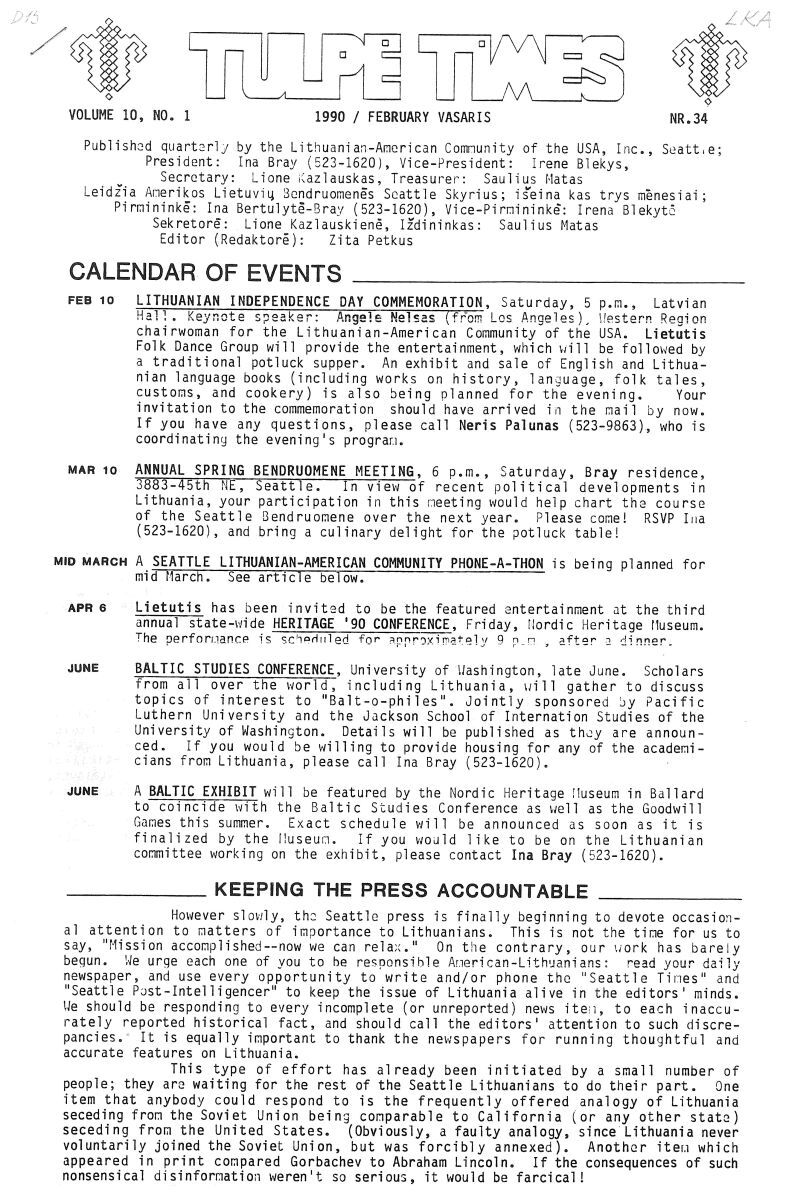
The modest Tulip Times gained recognition among Lithuanian Americans once it began publishing political information and articles. Front page of the Tulip Times, February, 1990.
Tulpė (Tulip) Times
The bilingual Tulip Times, first published by the Lithuanian Community in Washington State in December 1981, was initially meant to be a one-time letter from the board, but grew into a quarterly publication. The first issues were edited by Zita Petkienė and Violeta Kuprėnaitė Jessen, and later by Z. Petkienė alone until the end of 2006. The name Tulip Times was created by V. Kuprėnaitė Jessen’s husband Dr. John Jessen, out of nostalgia for the Tulip Lithuanian restaurant in Chicago. In all Z. Petkienė published 101 issues of the Tulip Times, its length varying from 6 to 18 pages, with a circulation of 200 to 250 copies. In recent times, with more Lithuanian families settling in Seattle, circulation has risen to about 300. Z. Petkienė remembers that in its early years its content concentrated on Lithuanian society, culture, and history, rarely touching on politics for fear of Soviet repression against relatives in Lithuania. The first political article about the Helsinki Accord and Soviet attempts to quash Lithuanian protests came out in 1985, after which more of them flooded in and the publication gained recognition in the wider Lithuanian community, garnering praise several times in the daily, Friend.
After 25 years of Z. Petkienė’s volunteer work as editor, four new enthusiasts took her place in 2006: Nomeda Lukoševičienė, Vilma Činčienė, Ainius Lašas and Renata Kepežinskienė. Some time later N. Lukoševičienė became sole editor for 11 years. After a hiatus, a new community board decided to resume publication in 2019. Board members Inga Gaurienė, Silvija Fabijonaitė Comeaux and Jeanette Norris took on editorial duties, and sent the newsletter to all local Lithuanians who had paid their Community membership fees. The design and logo created by artist Loreta Werner Glamba are still used today. Being distributed as a subscription, the publication is not available online.
Zita Petkienė remembers her years editing the Tulip Times. -
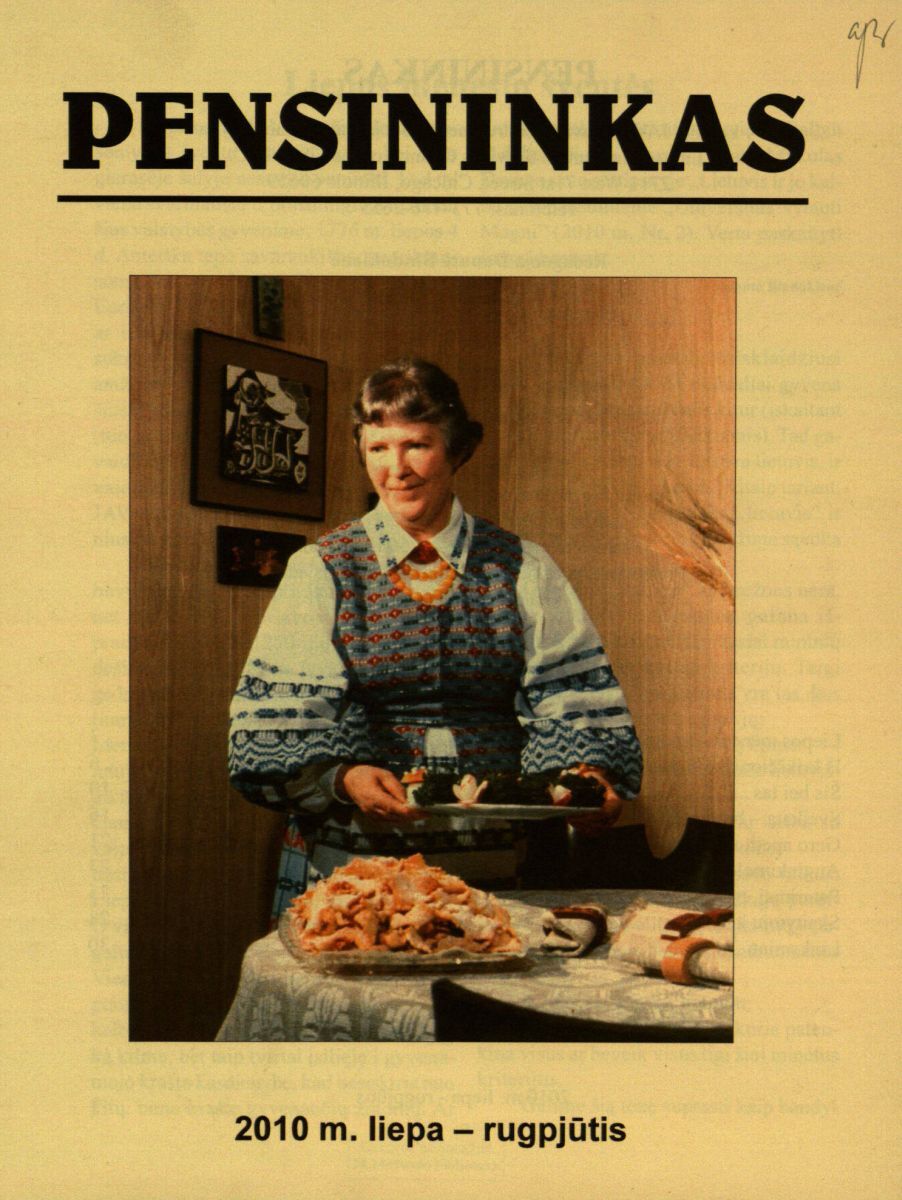
Cover of Pensioner, July-August 2010
Pensioner
Pensininkas
Pensioner has been published in Chicago since 1983, more consistently than many other publications in the diaspora. At first it was a one-page bulletin distributed by the US Lithuanian Community’s Social Affairs Council Chicago Chapter. A year later it became a four-page newsletter. After six months, in January 1985 it had 400 subscribers, and the June, 1987, issue had a circulation of 1,000 copies and had taken the form of a 24-page magazine with an illustrated cover. Although it targeted a specific readership, under writer and journalist Karolis Milkovaitis from 1985 on, it improved and became quite popular. By 1987 it contained photos and had an attractive cover, and a new press in 1991 improved the print. With Lithuania edging closer to freedom, the publication was presented to listeners there by “Voice of America”, and US subscribers began sending subscriptions to their relatives in the homeland.
Juozas Polikaitis, a community leader who monitored the magazine’s progress, said that readers in Lithuania liked it and would pass it on to other readers to enjoy the many useful articles, news and advice. Although its primary goal was not medical advice, but general information, much of its content was focused on health issues. In 2008, after a two-year hiatus, editing was taken on by Danutė Bindokienė, who decided to continue with content on health and religious topics, major anniversaries, healthy cooking, even gardening as well as readers’ letters. She promised to maintain an exemplary Lithuanian language level without unnecessary foreign elements. Since 2010, Pensioner has been published with a full-colour cover. Although inflation has caused the publishers to raise the subscription price, and readership is in decline, it still reaches its faithful subscribers. Polikaitis noted that when the Social Affairs Council considers the question of whether it is worth continuing publication of Pensioner, the answer is still “It’s not just worth it, it’s essential!”
A short history of the magazine.
Pensioner online. -
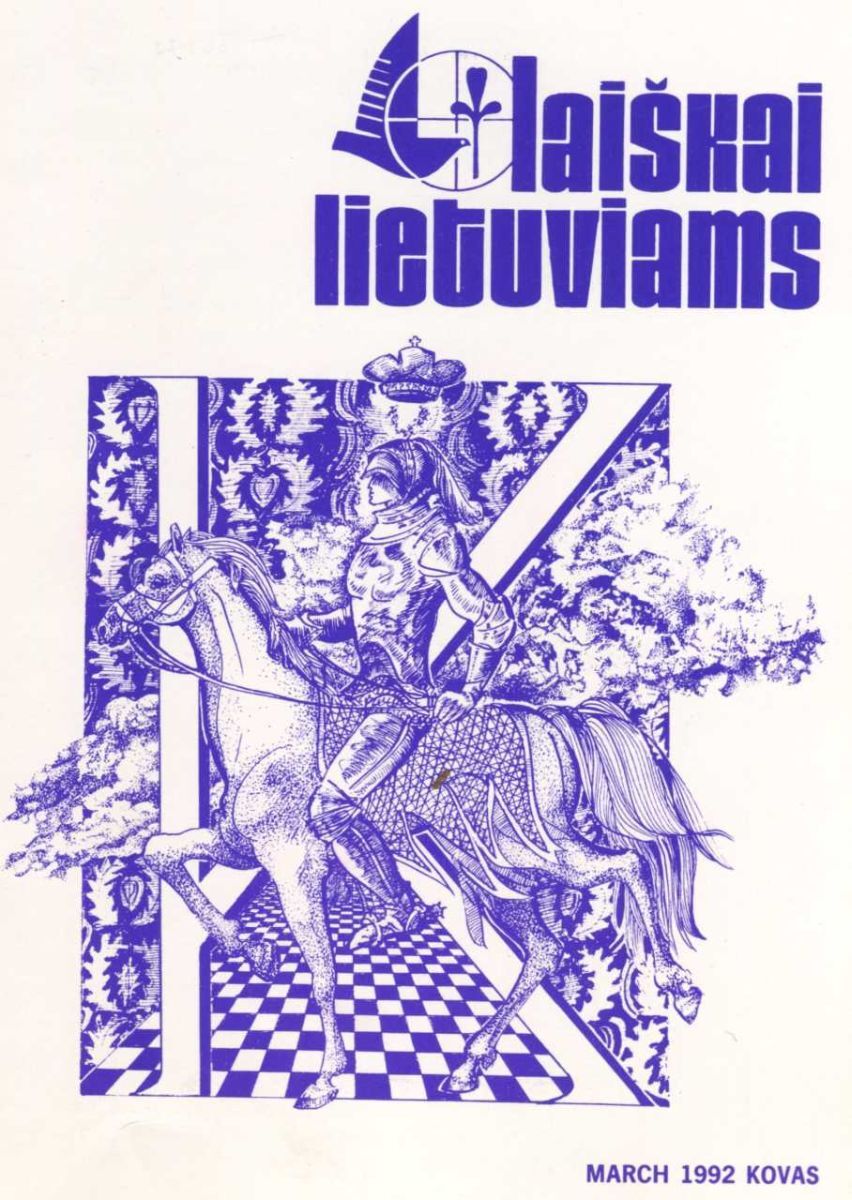
The religious and cultural magazine Letters to Lithuanians, published in Chicago by the Lithuanian Jesuits was unique for its excellent print quality. The cover of the March, 1992 issue was created by Ada Sutkuvienė.
Letters to Lithuanians
Laiškai lietuviams
The precursor to the religious cultural monthly magazine Letters to Lithuanians begun in 1950 by the Lithuanian Jesuits in Chicago was published in Germany from 1947 to 1949 by Rev. Jonas Bružikas. Called A Missionary’s Letters, the modest 8-page publication was intended for all Lithuanians, wherever they may live. It grew into a serious magazine covering religious and cultural issues, with particular attention to family and youth. Letters to Lithuanians published book reviews, news from Lithuania, and a section on Lithuanian grammar. Prose and poetry were also included. Although the outward appearance of the magazine changed, wrote Cultural Council Chair Ingrida Bublienė on its 30 anniversary, its primary goal remained the same: to provide religious and cultural guidance for Lithuanians living in a non-Lithuanian context. The publication’s editor was Rev. Juozas Vaišnys from 1950 to 1963 and from 1969 to 2000, and Rev. Kęstutis Trimakas from 1963 to 1969. In 1985 its circulation was at 3,000. It was unique not only because of its content, but the quality of print, the esthetics of its illustrations, photos and particularly its cover, illustrated by Lithuanian-American artists. Lithuanian fonts were introduced by Jonas Boguta in 1990.
Fifty years of publishing ended due to lack of human and financial resources, which the Jesuits were unable to provide for both the publication and the Lithuanian and Latvian missions they had undertaken in Uruguay, England, Australia and Lithuania itself. Letters to Lithuanians will always have a respected place in the history of the Lithuanian press, bearing witness to the spirit of the diaspora, wrote Rev. Vaišnys. “Our eyes and hearts focused on Lithuania. We tried to stay in touch with our country and its culture as members of the Lithuanian community in the diaspora. With the restoration of Lithuanian independence, our activities, our attention and our resources turned to Lithuania.” Two years later, a new publication Letters to Friends was begun in 2002 in Vilnius, initiated by Rev. Antanas Saulaitis. Although it was never expressly stated, the Chicago Jesuit magazine was reborn in Lithuania under a new name.
All issues of Letters to Lithuanians are available online www.laiskailietuviams.lt. -
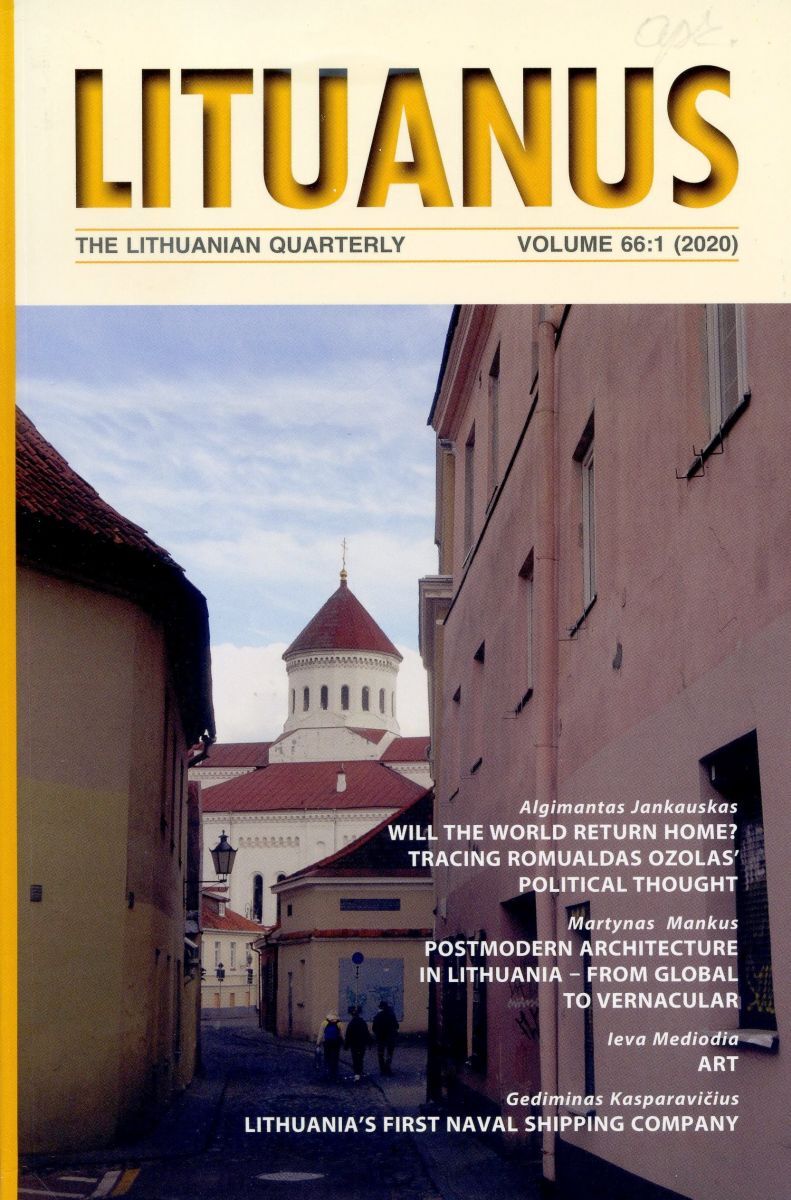
Lituanus cover, Vol. 66, No. 1, 2020
Lituanus
Arriving after World War II, Lithuanian émigrés to the US made every effort to establish themselves in their new environment. Parents were determined that their children acquire a post-secondary education. In 1951 the Lithuanian Students’ Association (LSS) was founded in the US. The idea of publishing a magazine came to Illinois University doctoral student Vytautas P. Vygantas, and he was suppported by the board of the Student Association. In 1954, the first issue of Lituanus explained the magazine’s intention to inform readers about Lithuania and Lithuanians, their history, culture and relevant issues. The LSS published it until 1964, when Lituanus Foundation, Inc. moved from New York to Chicago. Over nearly seven decades, the magazine flourished in the hands of well-known academics such as Antanas Klimas, Violeta Kelertas, Tomas Remeikis and many others.
Current editor-in-chief Almantas Samalavičius notes that in the years approaching 1990 all eyes turned to the changes taking place in Lithuania. The magazine published documents and articles analyzing and reviewing its long struggle for statehood and independence. Among other documentation, Lituanus printed the “Sąjūdis” (Rebirth Movement) electoral programme, and outlined the history of US-Lithuanian diplomatic relations. The magazine was filled with translations of documents and prose, such as the widely read memoirs of Dalia Grinkevičiūtė, and then-current poetry by Judita Vaičiūnaitė, Marcelijus Martinaitis, Vytautas Bložė, Nijolė Miliauskaitė and others.
The magazine did not undergo any dramatic changes after 1990, although some content was affected by the events of the time, says Samalavičius. The balance of authorship changed, with more contributions from Lithuanian academics, writers and artists, most of whom were unknown outside of Lithuania. This was highly significant, because due to the publication of those articles, Lithuanian authors were able to join the intellectual discourse abroad which was previously closed to them. Most importantly, continuity was ensured, because other cultural publications, such as Echoes, Sketches and Horizons had disappeared.
An interview with Almantas Samalavičius.
Lituanus website and archive (from 1954).
Lituanus on the portal epaveldas.lt (up to 2010). -

Lithuanian Heritage, Vol. 3, No. S2 (2015)
Lithuanian Heritage Magazine
The Lithuanian Heritage Magazine appeared in 1994, on the 120th anniversary of Lithuanian press in the US. In 1874, a one-page publication by an anonymous author was printed in Shenandoah, Pennsylvania, where a community of Lithuanians had settled in the 19th century. As the title indicated, the publication was meant to speak about Lithuanian heritage – Lithuania’s history, culture, traditions, cities, towns and villages, major events and changes taking place at the time. Lithuanian Heritage was read by descendants and friends of Lithuanians in the US, Canada, Australia and other countries.
For two decades the magazine was published and edited by US Lithuanian Val Ramonis. In the anniversary issue (Vol. 21, No. 5, 2014) in the autumn of 2014, printing a letter of thanks from Lithuanian president Dalia Grybauskaitė, V. Ramonis announced that the publication was to be transferred to the Lithuanian Catholic Press Society, publisher of Friend/Draugas, and from then on published as a bimonthly supplement to Draugas News. In his final “Letter from the Editor”, he explained that he was unable to continue the publication due to his age, family responsibilities and health issues. During the transition, Jonas Daugirdas agreed to be editor of the publication “temporarily” – and stills heads the magazine.
A text about the first steps of Lithuanian Heritage (in English).
Lithuanian Heritage is available on the portal epaveldas.lt (1994 to 2010).
The magazine on the Friend website. -
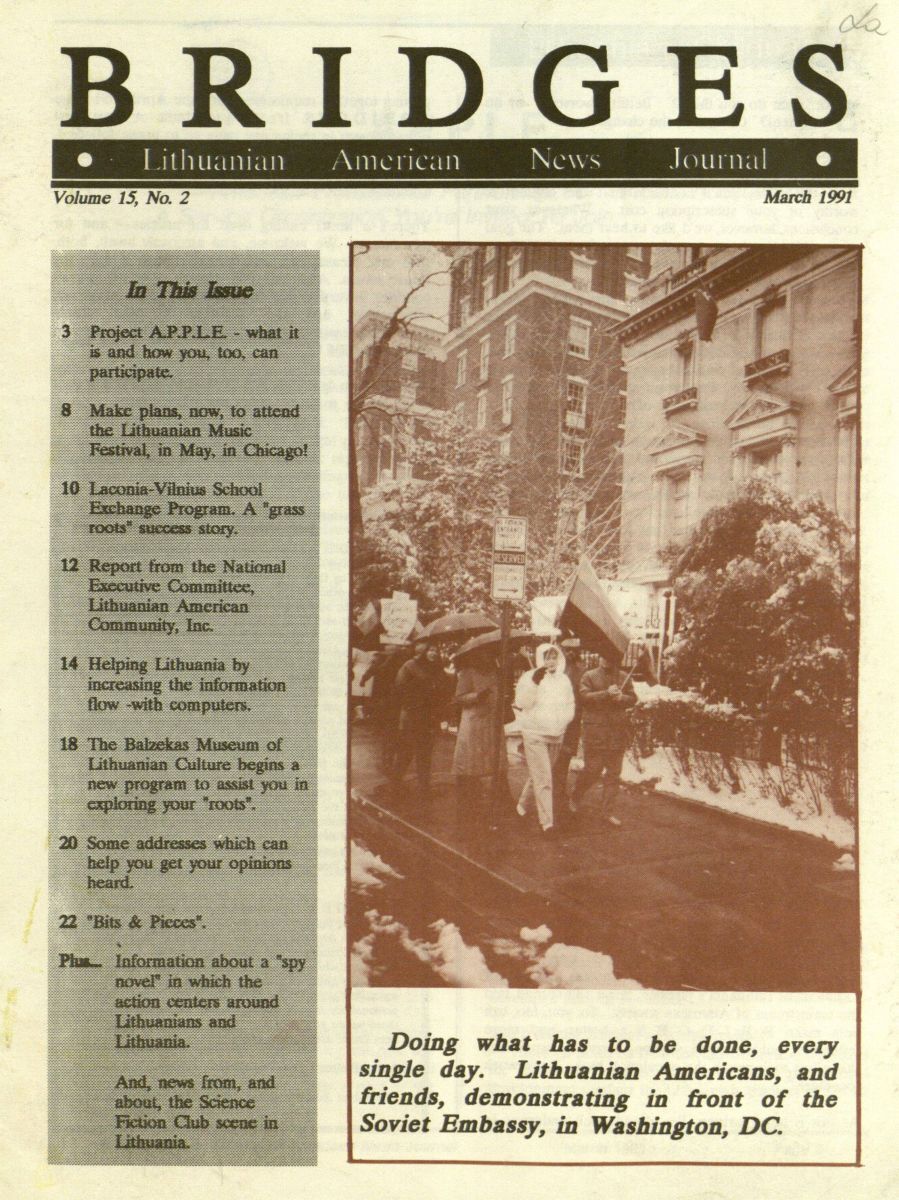
Bridges, Vol. 15, No. 2 (1991)
Bridges
Bridges was not the first English-language publication initiated by the Lithuanian American Community founded in 1951. Although publishing was not its mandate and it communicated with members through other Lithuanian American press, such as Friend, in 1976 the national board recognized the need for an English-language bulletin. The first issue of Bridges in 1977 promised to provide information for Lithuanian Americans with limited Lithuanian language skills or who had moved away from Lithuanian communities. During the period of Lithuania’s “rebirth”, Bridges not only connected Lithuanian Americans, but informed them about issues of Lithuania’s sovereignty as well. With circulation reaching 4,000, the magazine was distributed to US Congressmen and other non-Lithuanians. Later, it published articles about political changes, integration into NATO and various Lithuanian American initiatives designed to assist Lithuania, for example the APPLE project (American Professional Partnership for Lithuanian Education).
The magazine continues to publish ten times per year, as it did starting in 1990, with double issues in January-February and July-August. Bridges is solid, colourful and professionally illustrated. The vast number of photos may reflect today’s reality, says editor-in-chief Karilė Vaitkutė. The “third-wave” émigrés who came after 1990 now form the majority of members in various American Lithuanian communities find it difficult both to popularize the magazine among non-Lithuanian speakers, and to write about their activities in English. Preparation of content therefore falls to the editor. As do many other editors of such publications, Vaitkutė wears many other hats – she works in the Balzekas Lithuanian Cultural Museum in Chicago, is editor of its magazine, the Lithuanian Museum Review, maintains a translation agency and teaches Lithuanian at the University of Illinois in Chicago, Faculty of Lithuanian Studies.
Bridges issues on the portal epaveldas.lt (up to 2010). -
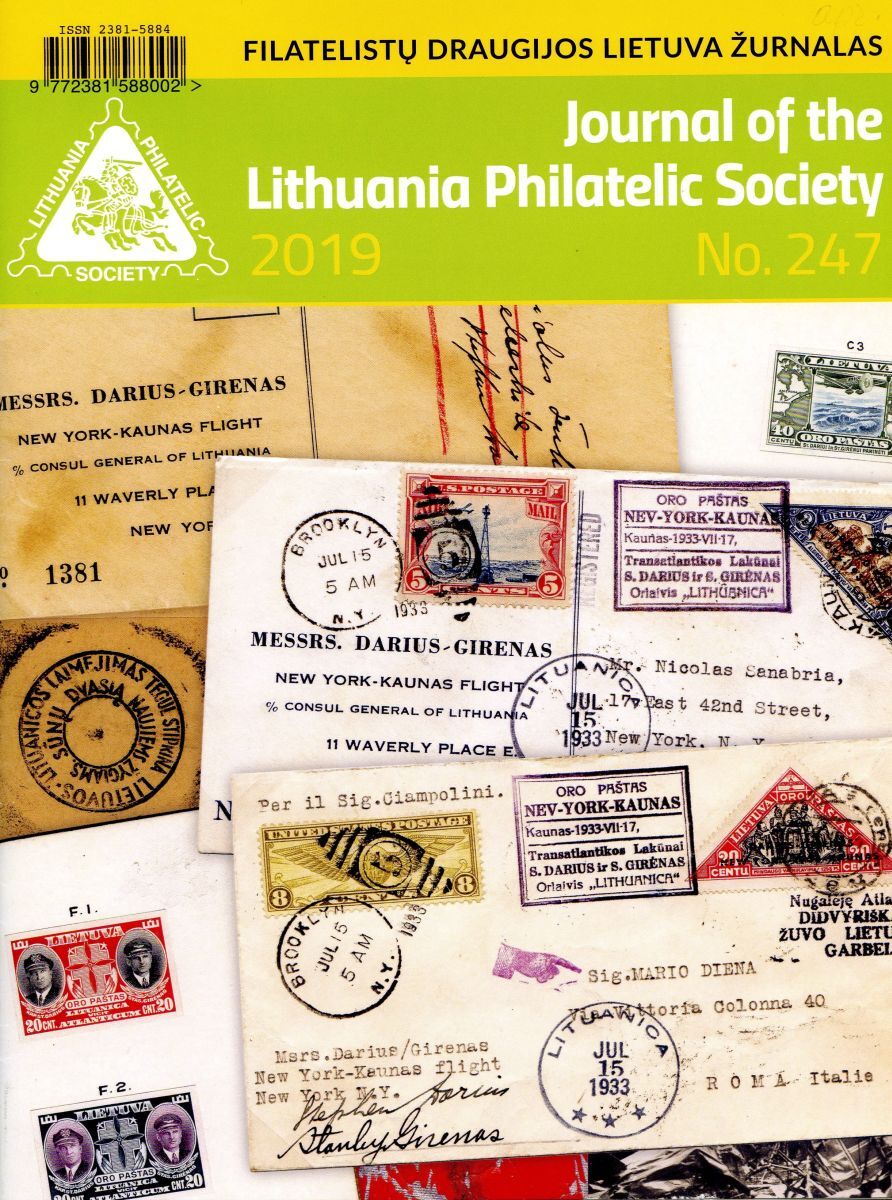
Journal of the Lithuania Philatelic Society, 2019, No. 247
Journal of the Lithuania Philatelic Society
The Philatelic Society “Lietuva” (Lithuania) was established on October 20, 1946, in Chicago. Its founder was Ignas Sakalas, who believed that the mainstay of the Society and the ideal form of communication among members would be a regularly published magazine. The first board of the Society upheld this opinion, andits first issue appeared in December, 1946.
The Society connected with other philatelic organizations, held exhibitions and other activities. The magazine reflected various aspects of philately to attract new members. In 1990, the year of unprecedented historical change for Lithuania, the cover showed a portrait of Vytautas Landsbergis, and readers were regaled with reproductions of postage stamps of the restored Lithuanian nation. At that time the magazine began receiving articles and philatelic material from Lithuania. One of the Society’s goals is to research and study Lithuanian postage stamps to determine the status of formerly unknown or incompletely researched findings and events in itspostal history.
The demand for and popularity of philately as a hobby is slowly diminishing. According to current president of the Society and editor of the magazine Dr. Audrius Brazdeikis, not many new Lithuanian immigrants contribute to the magazine or the Society’s activities. (Yet A. Brazdeikis is a member of the “Third Wave”.) A substantial number of Society members living in the US are not Lithuanian, joining the group over the past 10 years. The president and the Society have achieved fame in Lithuania – in 2019 Dr. Brazdeikis received the Philatelist of the Year Award for this exhibition “Lituanica-2018”, an award established by the Lithuanian Post Corp. and the Lithuanian Philatelic Association.
Brazdeikis confirms that an unofficial poll of members showed that the majority prefers a printed magazine. Electronic communication is also available, as a number of members and libraries request digital (PDF) copies. A certain amount of information is also posted on the website.
The Society’s website (in English).
In-depth information about the Society and its magazine. -
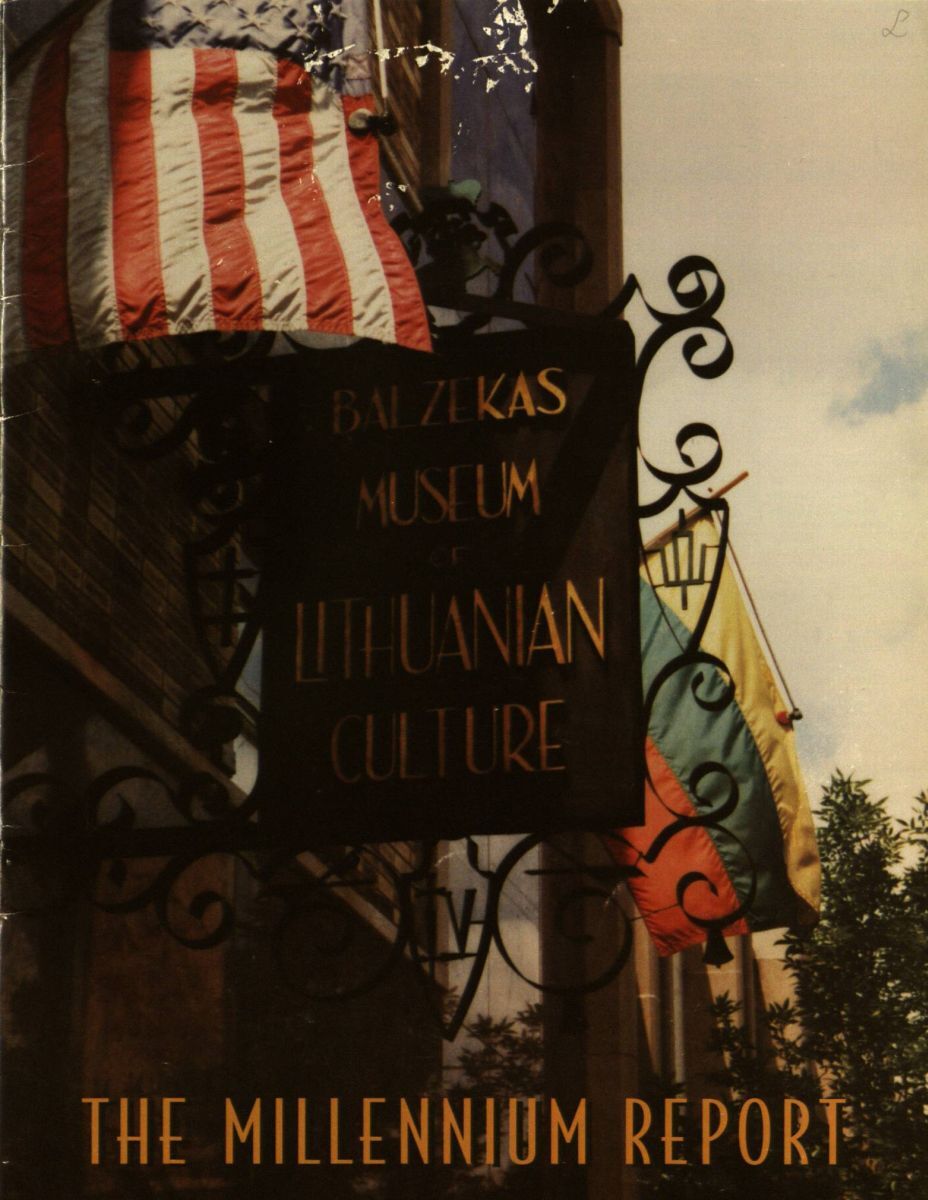
Lithuanian Museum Review, 1998, No. 175/176
The Lithuanian Museum Review
The Review has been published since 1967 by the Balzekas Museum of Lithuanian Culture, established in 1966 in Chicago by Stanley Balzekas Jr. Published in English, at first under the name Museum Review, it was devoted to the activities of the museum, the events, exhibitions and book launches that were held there. During the first year, readers were introduced to artifacts acquired by the museum and articles of Lithuanian heritage donated by members and friends, such as books, paintings, records and other items.
Over the last decades, the content of the magazine has changed very little. Of course, in the issues published during the 1980’s and 1990’s, many political articles appeared, in step with Lithuania’s struggle for freedom from Soviet occupation. As many Lithuanian Americans began searching for their roots, the museum published a separate magazine from 1990 to 1997 called Genealogy: The Lithuanian-American Genealogy Newsletter. The museum has a genealogy department comprised of documents and books on Lithuanian immigration to the US. Today articles on genealogy are published in The Lithuanian Museum Review. The magazine also contains a catalogue of Lithuanian books and souvenirs sold in the museum’s gift shop.
The Lithuanian Museum Review has grown from a thin black and white newsletter to a colourful 32-page magazine. For 20 years, the editor has been Genealogy section head Karile Vaitkutė, who is also editor of the magazine Bridges, featured in this exhibition. The Lithuanian Museum Review is a quarterly publication.
Issues up to and including 2012 can be found on the portal epaveldas.lt.

